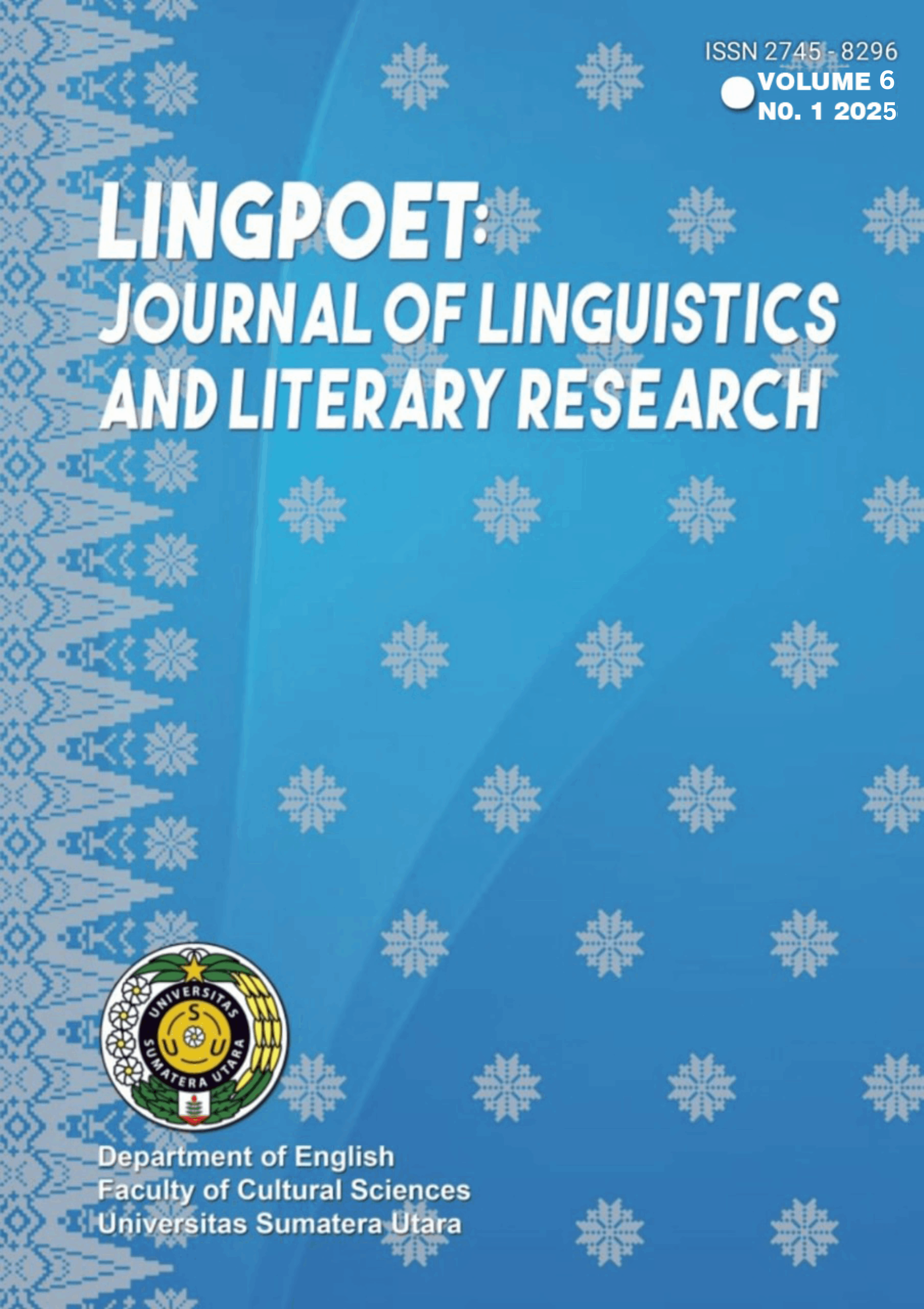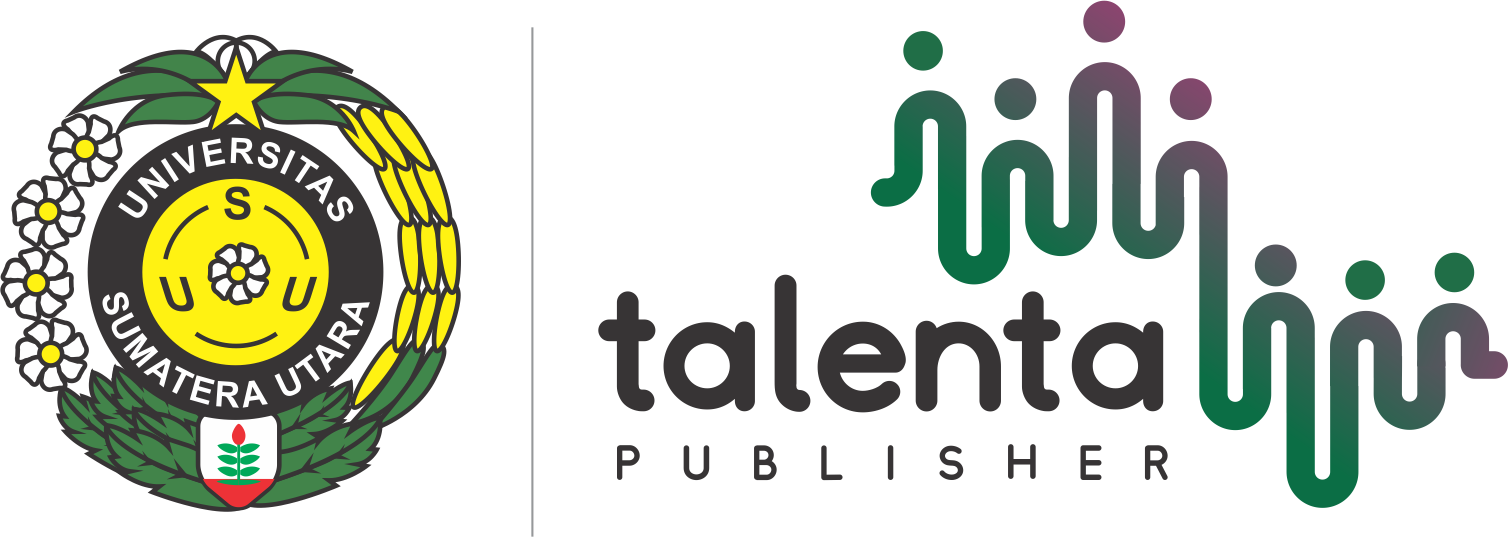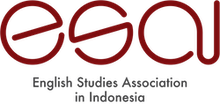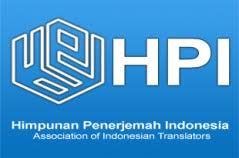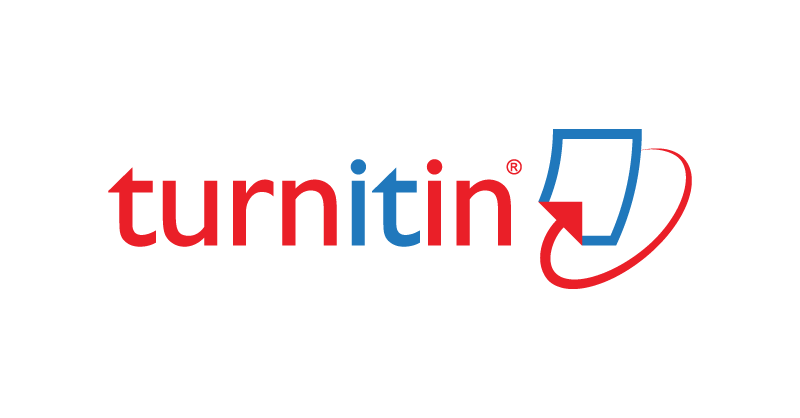From Words to Understanding: Analyzing Lexical Density and Readability in Student Writing
DOI:
https://doi.org/10.32734/lingpoet.v6i1.18971Keywords:
Lexical density, Readability, WritingAbstract
This study examines high school students' English writing skills after a month in an English course. The research used a qualitative methodology to analyse 10 student writings, assessing lexical density and readability levels, and their impact on comprehension and writing quality. Lexical density, the proportion of content words to function words, indicates informational richness, whereas readability evaluates the comprehensibility of text, measured by measures such as ASL and ASW. Results show that lexical density in student writings ranges between 48.54% and 56.07%, indicating moderately complex texts that may challenge learners depending on their proficiency. Texts with higher lexical density, characterized by frequent use of nouns and adjectives, present richer information, making them suitable for advanced learners but potentially difficult for beginners. Readability scores reveal that most texts are classified as "Very Easy" to "Easy," suggesting accessibility for lower-intermediate students. Only one text falls into the "Fairly Easy" category, indicating a progression toward more complex material. These findings show the need for teaching materials that match students' language skills, offering challenges to improve learning while staying understandable. The study suggests using glossaries or guiding questions for complex texts to help students of all levels understand better and learn more effectively.
Downloads
References
Amer, B., & Baarah, H. A. (2021). Readability and Lexical Density of Reading Sections of Tenth Grade English Textbooks in Jordan and Sultanate of Oman: A Comparative Study. Article in Budapest International Research and Critics in Linguistics and Education (BirLE) Journal, September, 1138–1148. https://doi.org/10.33258/birle.v4i3.2438
Amer, M. A. B. (2021). International Journal for Management and Modern Education Lexical Density and Readability of Secondary Stage English Textbooks in Jordan. International Journal for Management and Modern Education, 2(2), 11–20.
Ando, S., Minematsu, N., & Saito, D. (2021). Lexical density analysis of word productions in japanese english using acoustic word embeddings. Proceedings of the Annual Conference of the International Speech Communication Association, INTERSPEECH, 1, 106–110. https://doi.org/10.21437/Interspeech.2021-853
Arshad, M., Yousaf, M. M., & Sarwar, S. M. (2023). Comprehensive Readability Assessment of Scientific Learning Resources. IEEE Access, 11(June), 53978–53994. https://doi.org/10.1109/ACCESS.2023.3279360
Aswani, A. N., Perangin-Angin, A. B., & Aswani, A. (2023). Lexical Density in Children’s Story Book. LingPoet: Journal of Linguistics and Literary Research, 4(3), 50–58.
Bailin, A., & Grafstein, A. (2016). Readability: Text and Context.
Choemue, S., & Bram, B. (2021). Lexical Richness in Scientific Journal Articles: A Comparison between ESL and EFL Writers. Indonesian Journal of EFL and Linguistics, 6(1), 147. https://doi.org/10.21462/ijefl.v6i1.349
Clavel-Arroitia, B., & Pennock-Speck, B. (2021). Analysing lexical density, diversity, and sophistication in written and spoken telecollaborative exchanges. Call-Ej, 22(3), 230–250.
Elgobshawi, A. E. & Aldawsari, M. 2022. Lexical Density as Improvement Indicator in the Written Performance of EFL Majors, International Journal of English Language and Literature Studies
Fadhil, A., Gunawan, W., & Wirza, Y. (2023). Lexical Density in EFL Indonesian Textbooks: A Comparative Analysis. JALL (Journal of Applied Linguistics and Literacy), 7(1), 121. https://doi.org/10.25157/jall.v7i1.9727
Halliday, M. A. K., & Matthiessen, C. M. I. M. (2013). Halliday’s introduction to functional grammar: Fourth edition. In Halliday’s Introduction to Functional Grammar: Fourth Edition. https://doi.org/10.4324/9780203431269
Halliday, M. A. K., & Webster, J. J. (2009). Continuum Companion to Systemic Functional Linguistics. In Continuum International Publishing Group (Vol. 11, Issue 1).
Maamuujav, U. (2021). Examining lexical features and academic vocabulary use in adolescent L2 students’ text-based analytical essays. Assessing Writing, 49(March), 100540. https://doi.org/10.1016/j.asw.2021.100540
Maufiroh, Y. L., Hussen, B. T. E., & Femilia, P. S. (2024). Lexical Density of Reading Materials in An English Textbook: A Content Analysis. Journal of Language Intelligence and Culture, 6(2), 165–174. https://doi.org/10.35719/jlic.v6i2.104
Miskiyah, M. B. N., & Amalia, T. Z. (2022). Analyzing lexical density and readability of reading texts in the English textbook Stop Bullying Now. Journal of English Teaching and Learning Issues.
Nkhobo, T., & Chaka, C. (2023). Syntactic pattern density, connectives, text easability, and text readability indices in students’ written essays: A Coh-Metrix analysis. Research Papers in Language Teaching and Learning, 13(1), 121–136.
Putri, A. S., Anshary, E. P., Sinar, T. S., & Maharani, P. (2024). Analyzing Lexical Density and Readability in IELTS Band 4 Students’ Writing Test. International Journal Linguistics of Sumatra and Malay, 2(2), 96–102. https://doi.org/10.32734/ijlsm.v2i2.17886
Ramadhani, R., Aulawi, H., & Ulfa, R. L. (2023). Readability of Reading Texts as Authentic Materials Issued by ChatGPT: A Systemic Functional Perspective. IJELTAL (Indonesian Journal of English Language Teaching and Applied Linguistics), 8(2), 149. https://doi.org/10.21093/ijeltal.v8i2.1546
Rizkiani, D., Mahdi, S., & Sujatna, E. T. S. (2022). Lexical Density and Readability of the Facil’s ‘Advanced Learning Textbook’ for Indonesian High School Students. AL-ISHLAH: Jurnal Pendidikan, 14(1), 741–752. https://doi.org/10.35445/alishlah.v14i1.1157
Sabuna, V. P. K., Bunau, E., & Wardah, W. (2024). an Analysis of Lexical Density on Reading Materials in English Interlanguage Textbook for the Tenth-Grade Senior High School. Journal of English Educational Study (JEES), 7(1), 1–8. https://doi.org/10.31932/jees.v7i1.2542
Sinar, T. S., Zein, T., Syarfina, T., & Mahriyuni, M. R., & Rangkuti, R. (2023). Content words and readability in students' thesis findings. Journal of Curriculum and Teaching, 12(6), 2023.
Siregar, M. S., Hara, N. T., & Sinar, T. S. (2024). Lexical Density and Readability in Students’ Thesis Introductions. KLAUSA (Kajian Linguistik, Pembelajaran Bahasa, Dan Sastra), 8(1), 71–79. https://doi.org/10.33479/klausa.v8i1.948
Syarif, & Putri. (2018). How lexical density reveals students' ability in writing academic text. Bagaimana densitas leksikal mengungkap kemampuan mahasiswa dalam menulis teks akademik.
Yang, Y., Yap, N. T., & Mohamad Ali, A. (2023). Predicting EFL expository writing quality with measures of lexical richness. Assessing Writing, 57(May 2022), 100762. https://doi.org/10.1016/j.asw.2023.100762
Zhu, Wang, & Pang. (2023). Research Papers In Language Teaching and (Issue February).
Zulkornain, L. H., Mat, A. C., & Rahman, N. A. A. (2023). Does Automated Writing Evaluation (AWE) Improve Students’ Writing? Focus on Technical Aspects and Readability. International Journal of Information and Education Technology, 13(10), 1656–1662. https://doi.org/10.18178/ijiet.2023.13.10.1974
Downloads
Published
How to Cite
Issue
Section
License
Copyright (c) 2025 LingPoet: Journal of Linguistics and Literary Research

This work is licensed under a Creative Commons Attribution-ShareAlike 4.0 International License.
